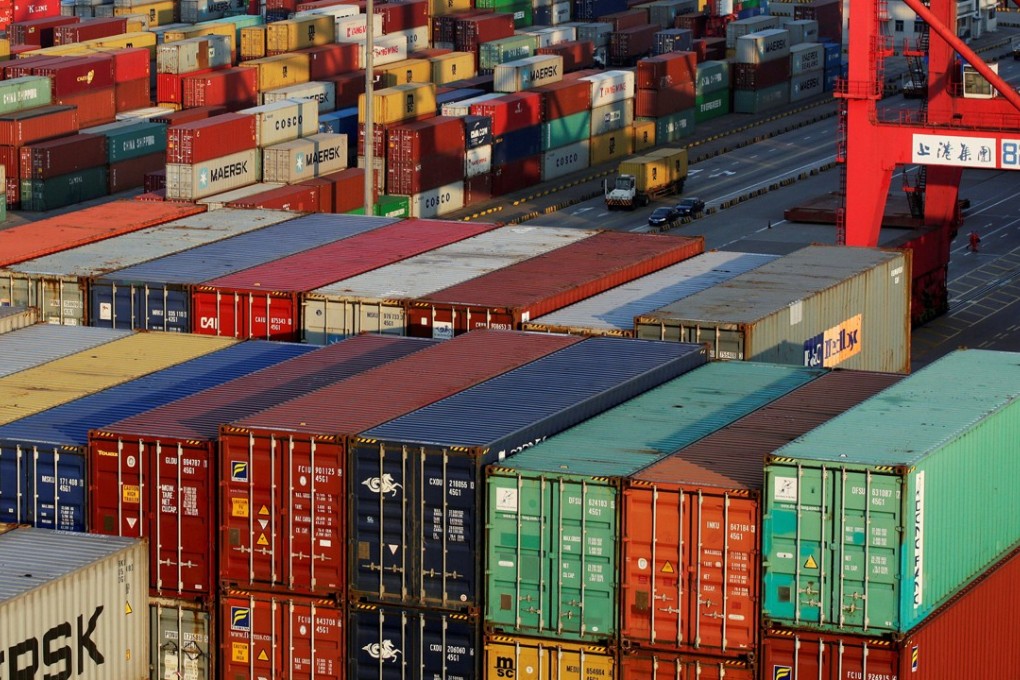China value chain index in need of the right balance
Attempt to show exports benefit buyers too comes at a time of trade tensions with the United States, and it must be seen to be transparent and credible

As we have reported, China has teamed up with the World Trade Organisation and the Organisation for Economic Cooperation and Development on creating the new index, to bolster Beijing’s argument that it is not the biggest winner from its exports, and that benefits flow on to the buyers.
The University of International Business and Economics in Beijing is leading work on the index, which is meant to track how economies gain from involvement in different stages of the production process.
For example, according to university deputy chancellor Zhao Zhongxiu sizeable Chinese exports of semi-finished products with a cost advantage could boost the US jobs market by creating employment in research and development, design and marketing.
University researchers have released a report showing who gains along the global chain of production and trade, claiming that skilled US labourers could benefit from Chinese exports, with the loss of blue-collar jobs being offset by job creation in the hi-tech and services sectors, provided the American labour market could adapt.